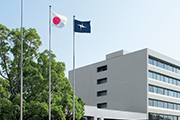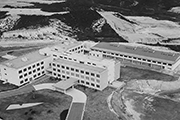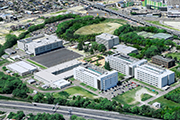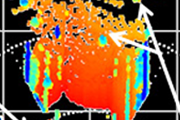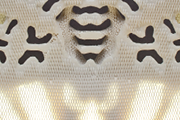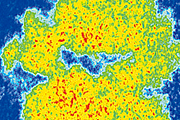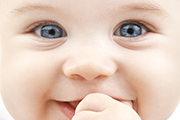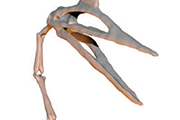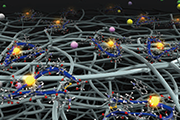Visualization of the effects of body vibrations on human brain and cardio-respiratory system
A study conducted by Masami Iwamoto et al., in collaboration with Prof. Yasuo Kuniyoshi’s group at Next Generation AI Research Center, The University of Tokyo, was published in the Scientific Reports.
Slow rocking chairs can easily put people to sleep, while violent shaking, such as during earthquakes, may lead to rapid awakening. However, the influence of external body vibrations on arousal remains unclear. We developed a computational model of a locus coeruleus (LC) controlling arousal levels and cardio-respiratory system, and simulated activity of LC and cardio-respiratory changing by various vibration inputs. We found that respiratory entrainment of the LC maintained heart rate within its normal range and increased the breathing rate (BR) and arousal level with lower frequencies, while it decreased the BR and arousal level with higher frequencies, especially in vibrations with larger amplitudes. These findings suggest that respiratory entrainment of the LC might automatically modulate cardio-respiratory system homeostasis and arousal levels for performance readiness (fight/flight or freeze) to avoid physical risks from larger external vibrations. Our model can be used to investigate the effects of external body vibrations on human health and performances.
Title: Respiratory Entrainment of the Locus Coeruleus Modulates Arousal Level to Avoid Physical Risks from External Vibration
Authors: Iwamoto, M., Yonekura, S., Atsumi, N., Hirabayashi, S., Kanazawa, H., Kuniyoshi, Y.
Journal Name: Scientific Reports
Published: May 1, 2023
https://doi.org/10.1038/s41598-023-32995-6















